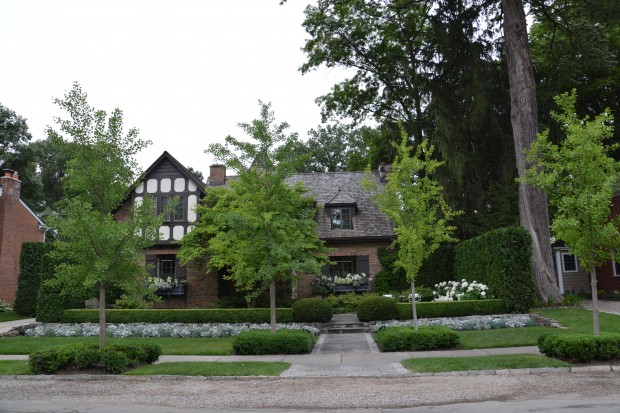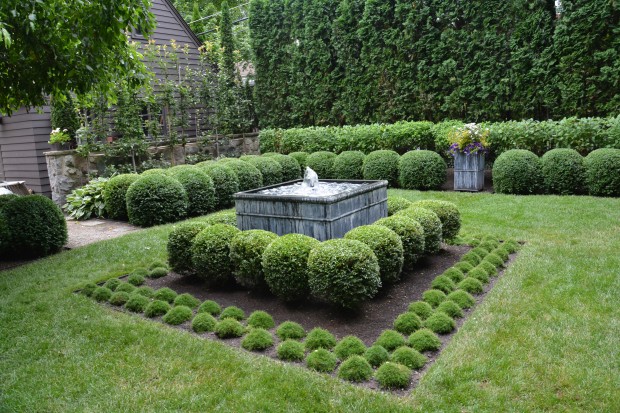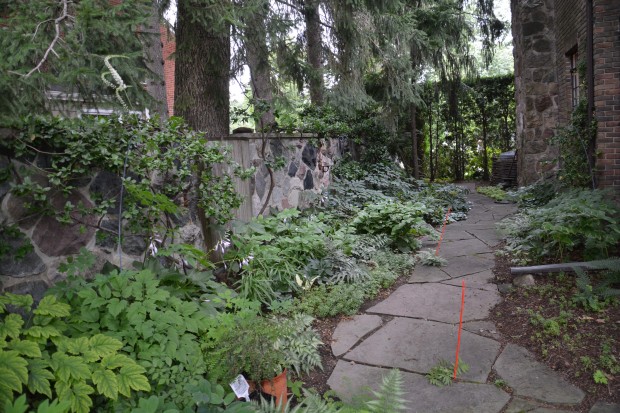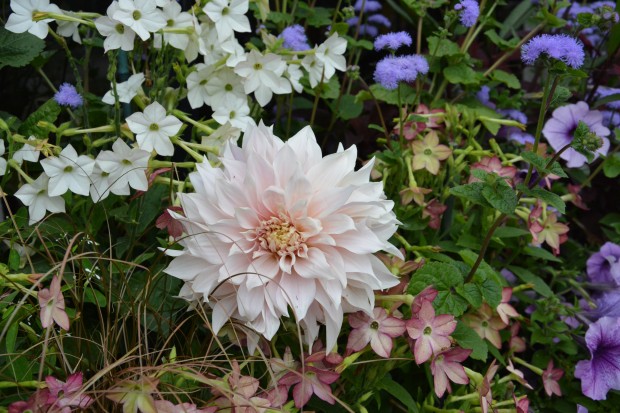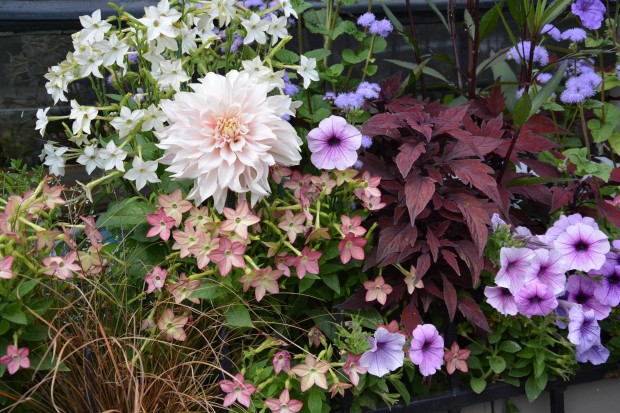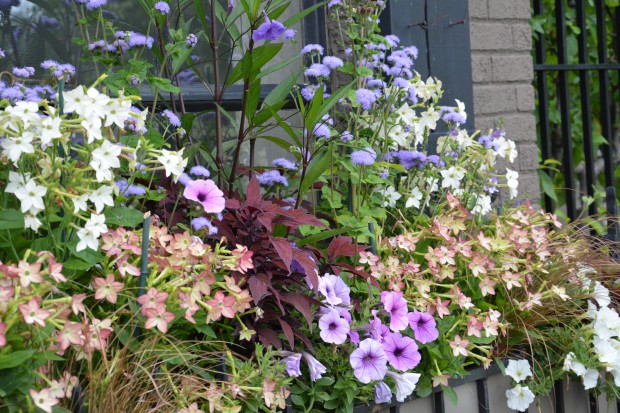 victorian rosemary topiary and silver falls dichondra
victorian rosemary topiary and silver falls dichondra
silver king begonias, watermelon pepperomia and pink polka dot plant- Persian Shield in the center
![Hudas-05-20-475x356[1]](https://deborahsilver.com/wp-content/uploads/2014/07/Hudas-05-20-475x3561.jpg) centaurea gymnocarpa, cirrus dusty miller, and silver licorice
centaurea gymnocarpa, cirrus dusty miller, and silver licorice
 White caladiums and silver king begonias
White caladiums and silver king begonias
 silver king begonias-several varieties
silver king begonias-several varieties








